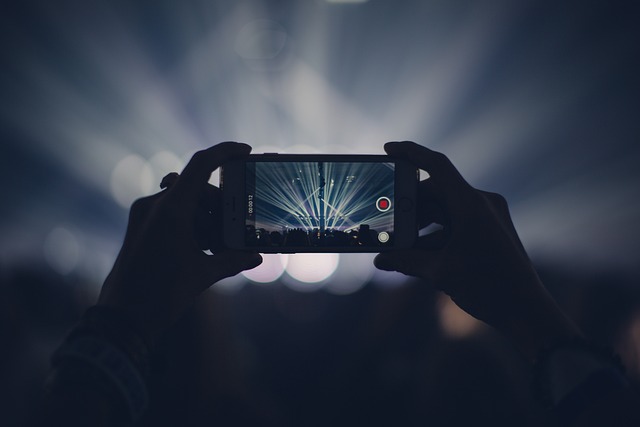Engaging Audiences With Immersive Virtual Performances
Virtual performances blend film, music, theater and interactive design to create immersive experiences that reach audiences worldwide. This article outlines practical approaches to programming, technical setup, legal considerations, monetization and marketing to help creators and organizers design engaging online shows and festivals.

Virtual performances have moved beyond single-camera livestreams into layered experiences that borrow techniques from film, music production, theater staging and gallery curation. Successful immersive online shows combine narrative pacing, spatial audio, visual design and interactivity to hold attention across devices. This article examines practical strategies for creators, curators and organizers who want to reach wider audiences while preserving artistic intent and sustainable distribution models.
How can film and streaming shape immersive shows?
Film techniques—framing, editing, and visual continuity—help virtual performances feel cinematic rather than just live recordings. Streaming platforms influence latency, resolution, and available interactivity; choosing between a realtime platform and a pre-recorded high-quality stream affects audience experience. For example, segmented edits and scene transitions borrowed from film can be paired with adaptive bitrate streaming to ensure viewers on varied connections receive a coherent, immersive narrative without disruptive buffering.
What role do music and theater play in virtual performance?
Music and theater principles guide emotional arc and timing in immersive events. Spatial audio, live mixing, and multitrack playback let composers and sound designers place instruments and voices within a virtual soundstage. Theater concepts—blocking, lighting design translated to camera movement, and actor-audience dynamics—remain crucial. Combining live theatrical performance with recorded musical elements creates hybrid works where performers respond to cues from both human collaborators and digital systems.
How can festivals, galleries, and curation support immersive work?
Festivals and galleries act as curators and distribution hubs, packaging immersive work for targeted audiences. Curation involves selecting pieces that translate well to screens, designing user journeys through program notes or virtual lobbies, and scheduling to reduce viewer fatigue. Galleries can create online exhibition rooms or VR spaces that reproduce physical exhibition logic. Thoughtful curation ties together film, performance, and interactive elements into a coherent program that helps audiences discover and engage with multiple works.
What legal concerns surround copyright and licensing?
Copyright and licensing affect every stage: performance rights for music, synchronization for audio-visual elements, and distribution agreements for recorded material. Creators need clear licenses for compositions, recordings, and any third-party media used in sets or projections. For streamed performances, consider mechanical and public performance licenses as well as the terms of the streaming platform. Document agreements in writing to avoid downstream disputes about reuse, redistribution, or international rights.
How can creators approach monetization and distribution?
Monetization options include ticketed streams, subscription access, pay-per-view rentals, tip jars, and licensing recorded performances to broadcasters or platforms. Distribution strategies balance reach and revenue: free previews or festival screenings can build interest before gated distribution. Rights management impacts monetization—clear licensing terms enable revenue sharing with collaborators, and platforms may take significant fees. Diversifying channels (platform partners, direct-to-consumer sales, and archival licensing) helps create more stable income streams.
How should marketing and audience engagement be adapted online?
Online marketing emphasizes discoverability across social platforms, email lists, and festival partnerships. Use short film clips, audio teasers, and behind-the-scenes content to demonstrate the immersive elements that set a show apart. Engagement tactics such as live Q&A sessions, virtual lobbies, moderated chats, and post-show digital receptions help recreate communal experiences. Analytics from streaming platforms and social media inform scheduling, targeted advertising, and content curation to refine future programming and increase retention.
Conclusion
Immersive virtual performances require a blend of artistic practice and practical planning: consider cinematic techniques, live musical and theatrical craft, careful curation for festivals and galleries, and clear legal frameworks for copyright and licensing. Thoughtful monetization and distribution strategies, paired with targeted marketing and active audience engagement, make it possible for creators to expand reach while maintaining creative control. As tools and platforms evolve, flexibility and attention to the audience journey remain central to meaningful virtual experiences.





